Explore the Best AI Image Gallery

Weaving Innovation: How IoT in Smart Homes is Transforming the Creative Industry
The Internet of Things (IoT) is rapidly changing our lives, seamlessly integrating technology into our homes and daily routines. While smart home devices offer convenience and efficiency, their influence extends far beyond everyday tasks. The creative industry is particularly experiencing a profound transformation as IoT opens up exciting new avenues for artistic expression, design innovation, and immersive experiences.
A Canvas of Connected Possibilities
IoT in smart homes provides a rich tapestry of interconnected data points that artists can harness to fuel their creativity. Imagine:
- Interactive Installations: Artists can create installations that respond to real-time data from smart home sensors, such as temperature, humidity, or even the occupants movements. These installations become dynamic, evolving artworks that engage viewers on a deeper level.
- Personalized Sound Design: Imagine soundtracks that adapt to the mood of the space based on sensor data, creating an immersive and personalized soundscape within the home environment.
- Data-Driven Visual Art: Artists can utilize data collected from smart devices to generate visual art pieces. Patterns, rhythms, and visualizations emerge from seemingly mundane data streams, revealing hidden beauty and connections.
Beyond Art: Reimagining Design and Experiences
The impact of IoT extends beyond traditional art forms. Designers can leverage these connected possibilities to revolutionize how we interact with our homes:
- Adaptive Interiors: Smart furniture and lighting systems can adjust to user preferences and activities, creating personalized and adaptable living spaces.
- Enhanced Accessibility: IoT-enabled home automation can make living more accessible for individuals with disabilities, providing greater independence and control over their environment.
- Sustainable Living: Smart homes can optimize energy consumption and resource usage based on real-time data, promoting sustainable living practices.
Navigating the Ethical Landscape
As IoT becomes increasingly integrated into our lives, it is crucial to address the ethical considerations that arise:
- Privacy Concerns: The vast amount of data collected by smart devices raises concerns about user privacy. It is essential to implement robust security measures and ensure transparency in data collection and usage.
- Data Bias and Fairness: Algorithms used in smart home systems can perpetuate existing biases if not carefully designed and monitored. Addressing data bias is crucial for ensuring equitable outcomes.
- Accessibility and Digital Divide: Not everyone has equal access to IoT technology. It is important to bridge the digital divide and ensure that the benefits of smart homes are accessible to all.
Future Trends: A Glimpse into Tomorrow
The future of IoT in smart homes holds immense potential for the creative industry:
- AI-Powered Creativity: Artificial intelligence will play an increasingly prominent role in assisting artists and designers, enabling them to explore new ideas and generate innovative content.
- Immersive Experiences: The convergence of IoT, augmented reality, and virtual reality will create truly immersive experiences that blur the lines between the physical and digital worlds.
- Personalized Creativity: Smart homes will empower individuals to express their creativity in unique and personalized ways, tailoring their environments to reflect their artistic visions.
As IoT continues to evolve, the creative industry stands at the forefront of innovation. By embracing the possibilities of connected living, artists, designers, and innovators can push the boundaries of imagination and create a more vibrant and dynamic future.
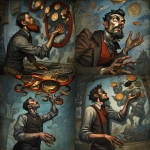

](https://images.ai-img.art/thumbnails/150/1accb5453f2335686b162f0a879c7ce73a18516a33868f214a16bdaf95beeb5a.webp)
](https://images.ai-img.art/thumbnails/150/1d7b3a908141474d50d90721c394db29c0cb5404d685ae70ea60430c18e905b7.webp)
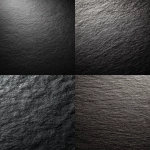

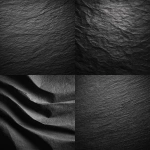
](https://images.ai-img.art/thumbnails/150/3e8c063b4357fc743a3c6e49a3145ee31b2dcecc018c38d2db8f97bf3e3fda3f.webp)






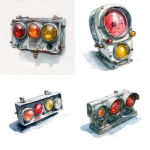




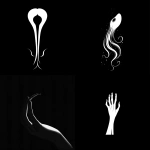

](https://images.ai-img.art/thumbnails/150/8c320ce9aefbbb5b9ec5fd4e1d0fba7388f0fff5b6c2e2f14077cad3008f291d.webp)
](https://images.ai-img.art/thumbnails/150/3c5dc62bba83cc9919c20ebfec8430d31e821cef586a2753dd85ef26d77d480a.webp)
